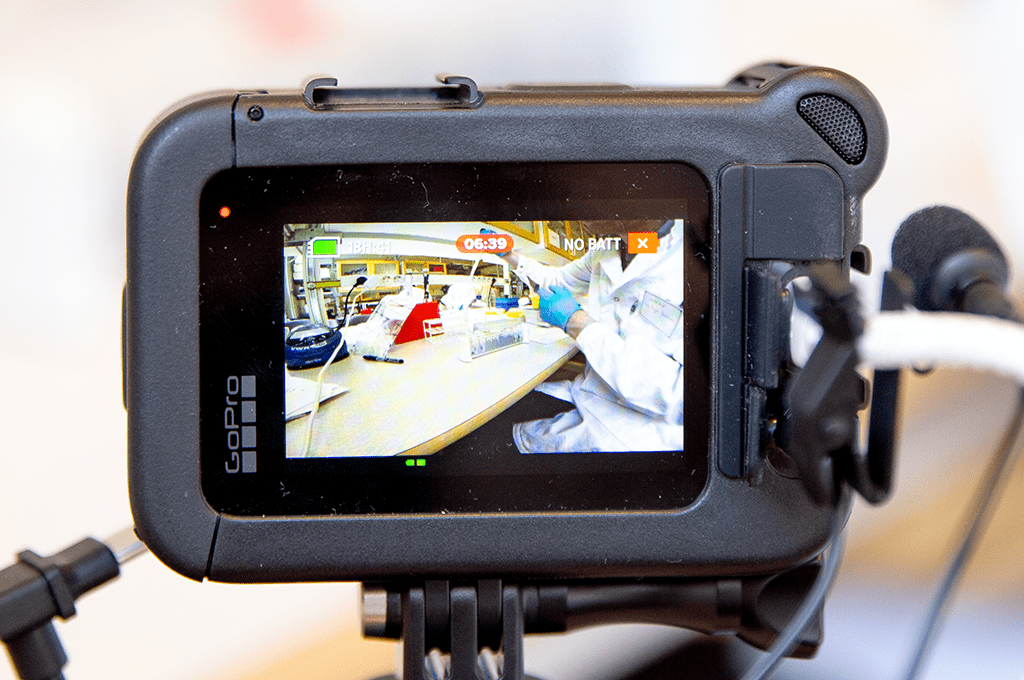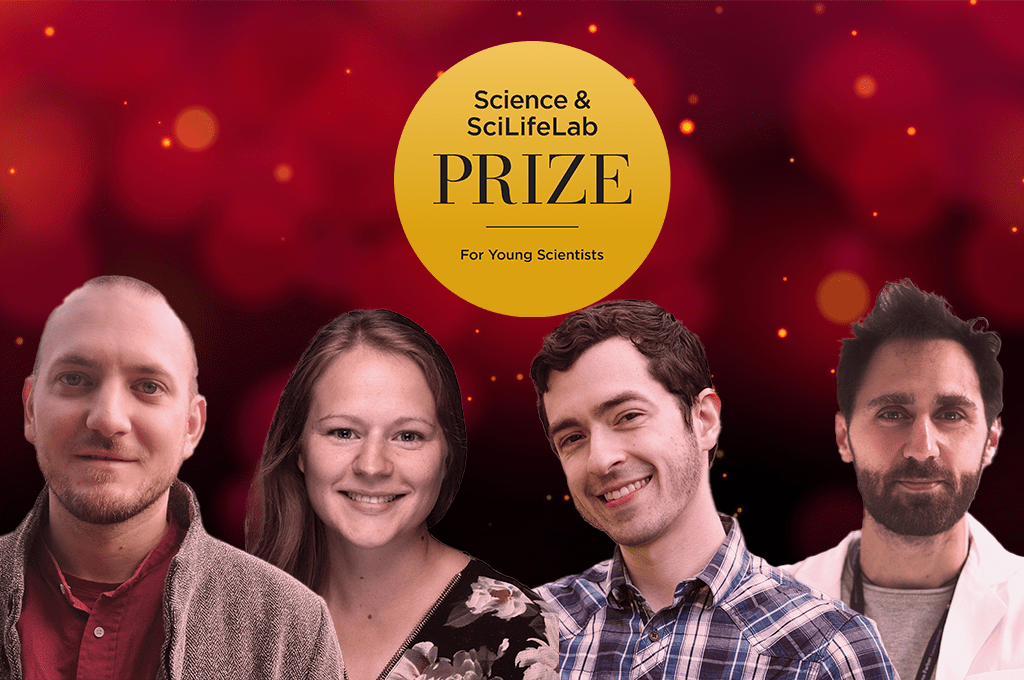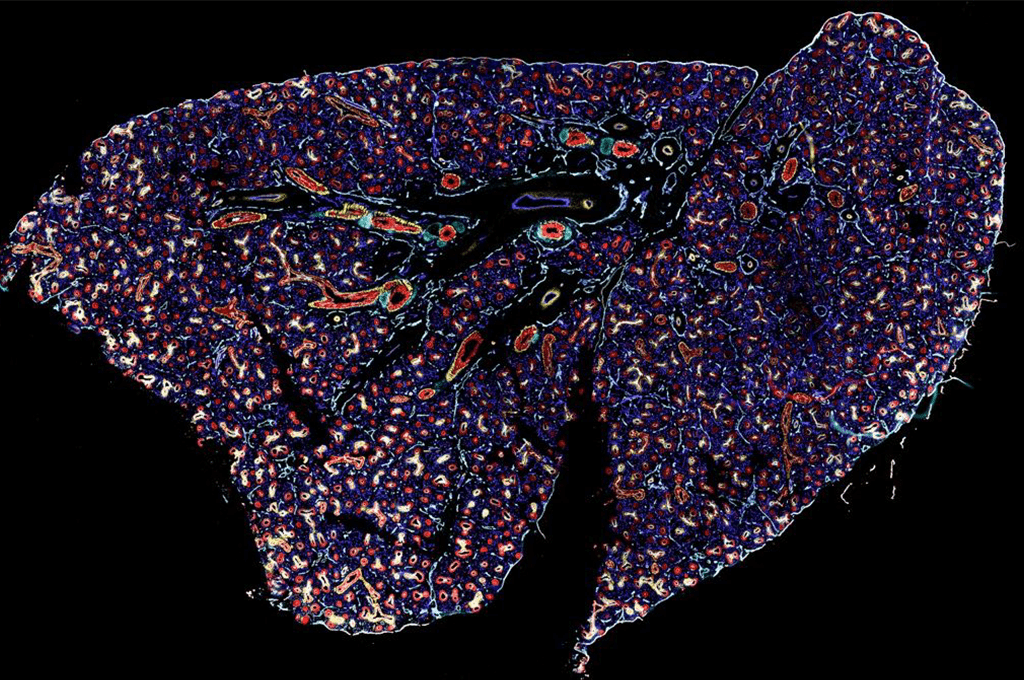The SciLifeLab Pandemic Laboratory Preparedness program focuses on Omicron
In December 2020, the Swedish government commissioned SciLifeLab with the task of building laboratory capacity to assist in the management of future pandemics. A total budget of 130 MSEK was allocated for the years 2021-2024 in the government research proposition 2020/21:60. SciLifeLab is currently exploring as to how this program can help in the fight against the Omicron variant of concern (VOC).
The government assignment was to optimize SciLifeLab operations for future pandemics, through research, competence and technology development, and to support and complement other societal functions such as authorities, municipalities and healthcare regions with pandemic laboratory preparedness, in consultation with the Swedish Public Health Agency (FoHM).
The pandemic laboratory preparedness (PLP) program was set up in February 2021 and eight PLP programs were started in July 2021. These capabilities have worked as a collaborative network integrated with the SciLifeLab infrastructure to form a stable foundation for PLP work. The projects underway focus on Biosafety Level 3 (BSL3) capacity, Biobanking and clinical sample handling, Environmental detection of pathogens, Immunomonitoring, Serology and Sequencing.
Due to the emerging threat from the Omicron VOC the PLP program and SciLifeLab have now put an extra emphasis on studies of Omicron. All infrastructure units have been encouraged to prioritize projects related to COVID-19, and Omicron specifically. Research with the Omicron variant is already underway in the different PLP projects.
The serology PLP work-package, led by Peter Nilsson (KTH) from the SciLifeLab Autoimmunity and Serology Profiling unit, has played an important role during the whole COVID-19 pandemic by providing large scale analyses of antibodies using protein bead arrays. They have used different variants of the SARS-CoV-2 proteins, especially the S protein, which is the target of most commercial diagnostic antigen kits and vaccines, to study efficiency and variability of antibodies in serum from human patients. The unit is now adding the Omicron S protein variant in the bead arrays. This will make it possible to study the immune-response to this specific variant.
Neutralizing antibodies are important for protection against SARS-CoV-2, and these are currently being studied in the PLP work-package led by Jan Albert (KI) in collaboration with Ben Murrell (KI) (discussed in Nature). Analyses of serum from recent blood donors and health care workers infected by earlier SARS-CoV-2 variants have shown the extent to which serum antibodies generated against the earlier variants of the virus, and monoclonal antibodies used as therapies in the clinic, neutralize the Omicron variant. These results were shared rapidly, and included in the ECDC’s assessments of Omicron. Preprints are available describing preliminary plasma responses and monoclonal antibodies.
Work with SARS-CoV2 has to be conducted in BSL3 laboratories where the virus is handled under strict containment routines. The PLP BSL3 work package led by Antonio Rothfuchs (KI) has made it possible to start a national collaborative BSL3 network. Protocols to propagate VOC including Omicron are established which provide BSL3 capabilities for existing SciLifeLab platforms as well as new platforms for drug screening and investigation of virus in aerosols. Through BSL3 work it will be possible to identify functional differences between the Omicron variant compared to the initial Wuhan and the currently dominating delta variants. Future research on VOC will also show how efficiently existing diagnostic methods recognize the Omicron variant and how well vaccines can protect against infection.
Sequencing is needed to detect the Omicron variant and most clinical microbiology laboratories have set up such capabilities and can now identify the variant in COVID-19 infected patients. The sequencing network within PLP consists of the Clinical genomics facilities within SciLifeLab at the seven University hospitals plus the National Pandemic Center (NPC) at Karolinska Institutet. Together with the SciLifeLab Genomics (NGI) platform, these units are developing both long- and short-read sequencing for COVID-19 subtyping. Long-read sequencing generates results fast, while the short-read sequencing can handle a large number of samples so the different techniques are used intermittently depending on the needs. These units are also working on developing bioinformatic pipelines to be used in the analyses of the COVID-19 sequences.
There are also ongoing developments of sequencing methods that can be used for large-scale screens for emerging pathogens. This would make it possible to detect new, unknown pandemic threats. The NPC laboratory at Karolinska Institutet played a key role in setting up the first genetic analyses of the SARS-CoV-2 virus and they continue to support several health care regions in their genetic analyses of the virus.
Detection of the SARS-CoV-2 virus in the environment has been accomplished via wastewater COVID-19 screening. This provides unbiased screens of the virus in up to million people and may be helpful in showing early signs of the pandemic, before virus-positivity and symptoms are seen in patients. SciLifeLab and the PLP program have helped to established wastewater screening to take place as part of the Swedish Environmental Epidemiology Center (SEEC), based at SLU, Uppsala, KTH and KI. SEEC has set up quantitative measurement of levels of the virus in wastewater in many cities all over Sweden. There is also build-up in SEEC for monitoring SARS-CoV-2 in air and surfaces. This acts as an early warning system of increased level of transmission in the population. In recent weeks, the levels of COVID-19 in the wastewater have rapidly increased (see the COVID-19 data portal). SEEC is collaborating with the SciLifeLab National Genomics Infrastructure platform (NGI) to see if changes in the levels of distinct SARS-CoV-2 VOCs can be detected from wastewater samples.
All data generated from studies of COVID-19 are uploaded to the COVID-19 Data Portal. This is an initiative developed and maintained by the Data Center at SciLifeLab with funding from the Swedish Research Council. Here, it is possible to follow the latest news and developments about the SARS-CoV-2 virus. The portal will make efforts to collect and annotate all Omicron-relevant data and make these accessible. To visit the newly launched Omicron section go to https://www.covid19dataportal.se/voc/omicron/. From January 1, the COVID-19 portal will be a part of the PLP program as the PLP portal where Swedish data from all types of pandemic agents and other future infectious threats, like antibiotic resistant organisms, will be available. Such data will in turn serve as useful starting material for the infection biology and epidemiology research area of the Data-Driven Life Science program, funded by the KAW foundation.
The Clinical Microbiology laboratories in all Regions in Sweden have done a heroic work handling all samples that need to be analyzed for the presence of SARS-CoV-2. During the COVID-19 pandemic they built diagnostic pipelines that can handle a large number of patient samples. They are now following the development of Omicron transmission and in a new phase of the PLP program the Clinical Microbiology laboratories can apply for research funding, technical and collaborative support. The PLP program will also launch a new call for the continuation of PLP work-packages, intending to consider both the Omicron and other VOCs of the SARS-Cov-2, but later also addressing other possible pandemic threats.
“We hope that the KAW-funded research programs on COVID-19 will collaborate to update their capabilities to explore the impact of the Omicron variant. We are also now re-opening a 7 MSEK call for vaccine related studies, to upgrade the already funded KAW-SciLifeLab research programs with recent development, including Omicron”, Says SciLifeLab Director Olli Kallioniemi.
SciLifeLab community played a major role in combating the early stages of the pandemic in the spring of 2020. We hope that similar efforts will be useful in the next phase of this pandemic, as well as in future pandemics.





